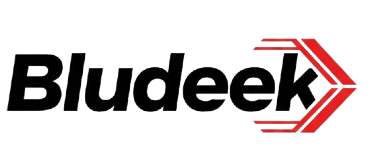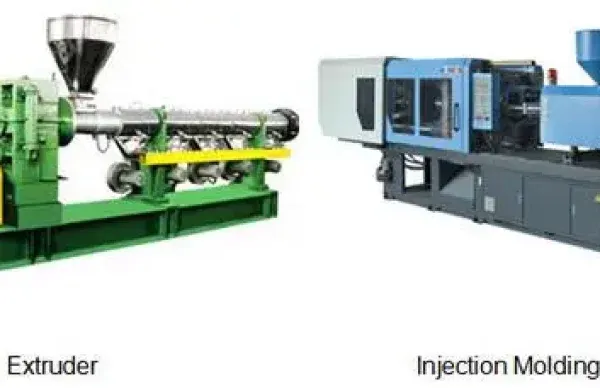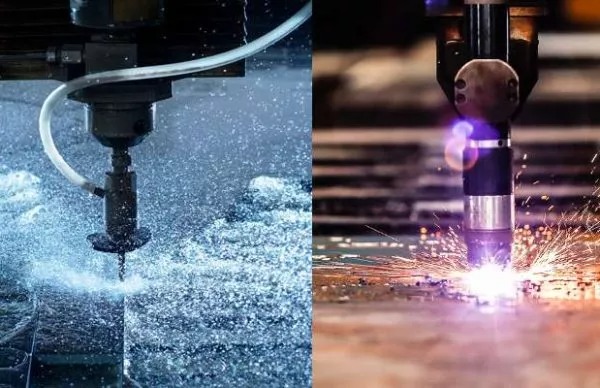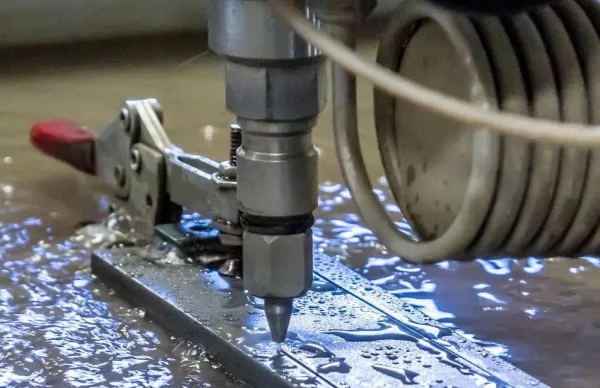3D Printing vs CNC Machining— as a design engineer, you’ll likely face the choice that which manufacturing technique best suits your project? Taking the wrong route can lead to wasted time, cost overruns, or even a failed product.
An informed decision, whether a subtractive method like CNC machining is needed or an additive one like 3D printing, requires a clear understanding of how each works, what materials and tolerances they support, and where each truly shines.
This blog aims to simplify that decision. We will walk you through the core principles behind both processes, compare them across key factors, and highlight real-world use cases to help you decide which technique best suits your use case.
What is CNC Machining?
CNC machining is a modernization of the old-school way of creating things using hand tools. The prototype of a CNC machine, particularly a milling machine, was built in 1952 by a group of researchers at MIT.

By nature, CNC Machining is a subtractive manufacturing method, meaning a solid block of material is shaped down to the final design. The cutting happens automatically via a programmed CNC system that runs on G-codes and M-codes derived from a 3D model.
CNC machining covers a wider range of processes, including milling, turning, drilling, and grinding, each with its own set of tools and machining strategies suited to specific tasks.
Pros:
- High dimensional accuracy and tight tolerances.
- Superior surface finish.
- Scalable for large production runs.
- Excellent compatibility with metals and plastics.
Cons:
- Higher tooling and setup cost.
- Material waste is higher due to the subtractive nature
What is 3D Printing (3PD)?
3D printing or 3D prototyping is a relatively modern technology that emerged in the 1980s. It is an additive manufacturing technique, where the product is built layer by layer, rather than carved out of a solid block.
If we talk about its simplest and most accessible form, that’s Fused Deposition Modeling (FDM). In FDM, a thermoplastic filament is heated and extruded through a nozzle, which moves in a programmed path to lay down one layer at a time. As each layer solidifies, the next is deposited on top, gradually forming the complete object.
Just like CNC machining, there are multiple 3DP techniques, each based on how the material is deposited or fused. Notable ones include FDM, SLS (Selective Laser Sintering), SLA (Stereolithography), and DMLS (Direct Metal Laser Sintering)






